Touring the Great Wonders of Northern Egypt
Cairo was a tumultuous introduction to the Middle East’s largest country, with four constantly weaving lanes of vehicles occupying every two-lane road, a constant tumult of noise and activity, and the contrast of old and new.
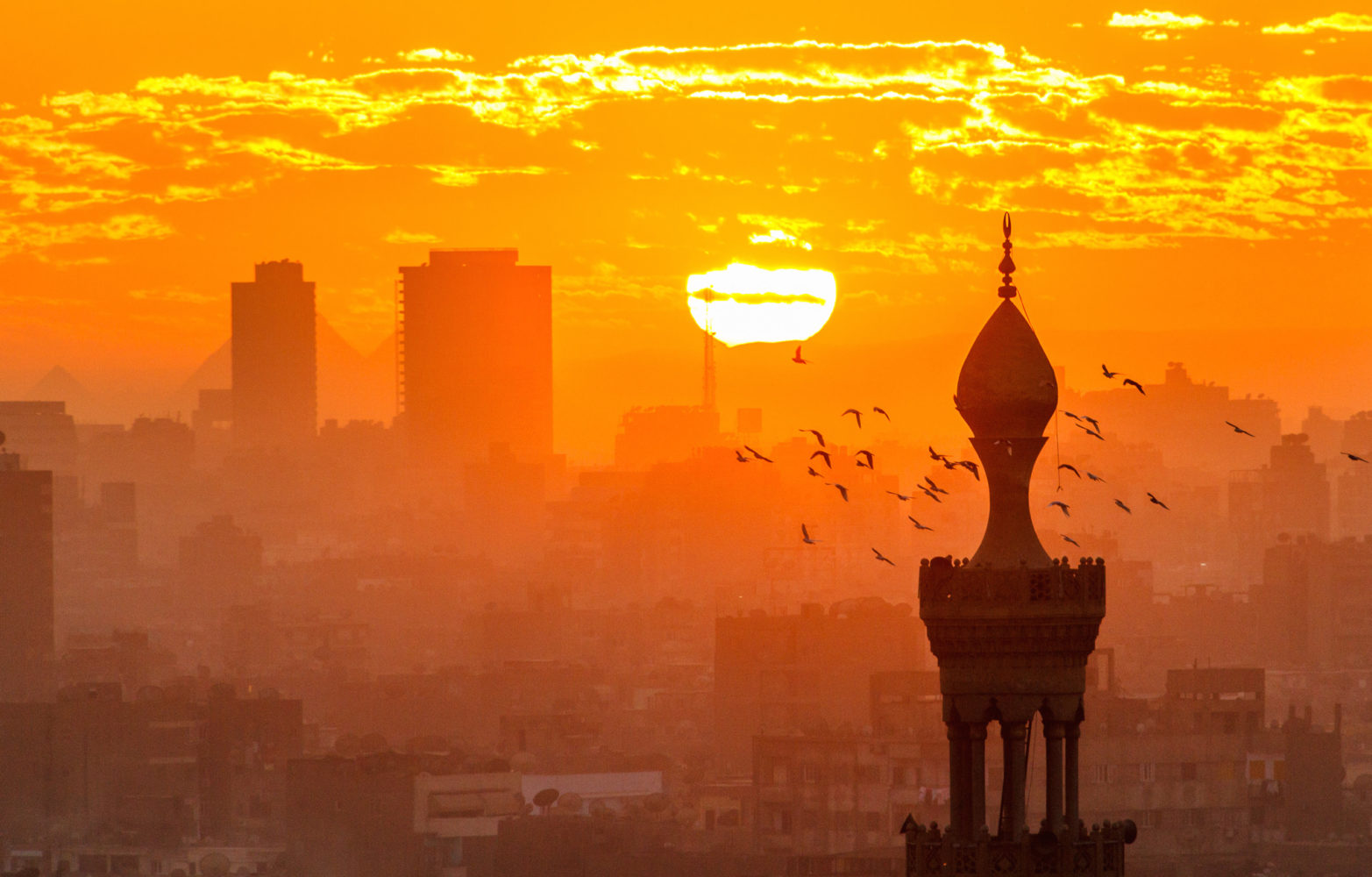
The transition from 10 degrees Celsius at home to over 30 degrees was like a sledgehammer that the traffic, people, noise, downright dangerous footpaths, and three-star accommodation only amplified. Tomorrow I would be starting a three-week tour of Northern Egypt’s ancient sites, but for now I needed a break from this rambunctious metropolis and decided to spend the day exploring nearby Saqqara and Memphis.
Twenty minutes of haggling with a local taxi driver saw me trekking slowly southwards towards the ancient site of Saqqara in a venerable Peugeot 504. Like the night before, when I had hopped aboard a similarly ramshackle Fiat 132 in which the petrol gauge seemed to be the only electrical device actually working, I had no idea if we would actually get there. Even so, the journey was relatively uneventful and I arrived at my destination little troubled by either the state of my transport or Cairo’s choked road arteries.
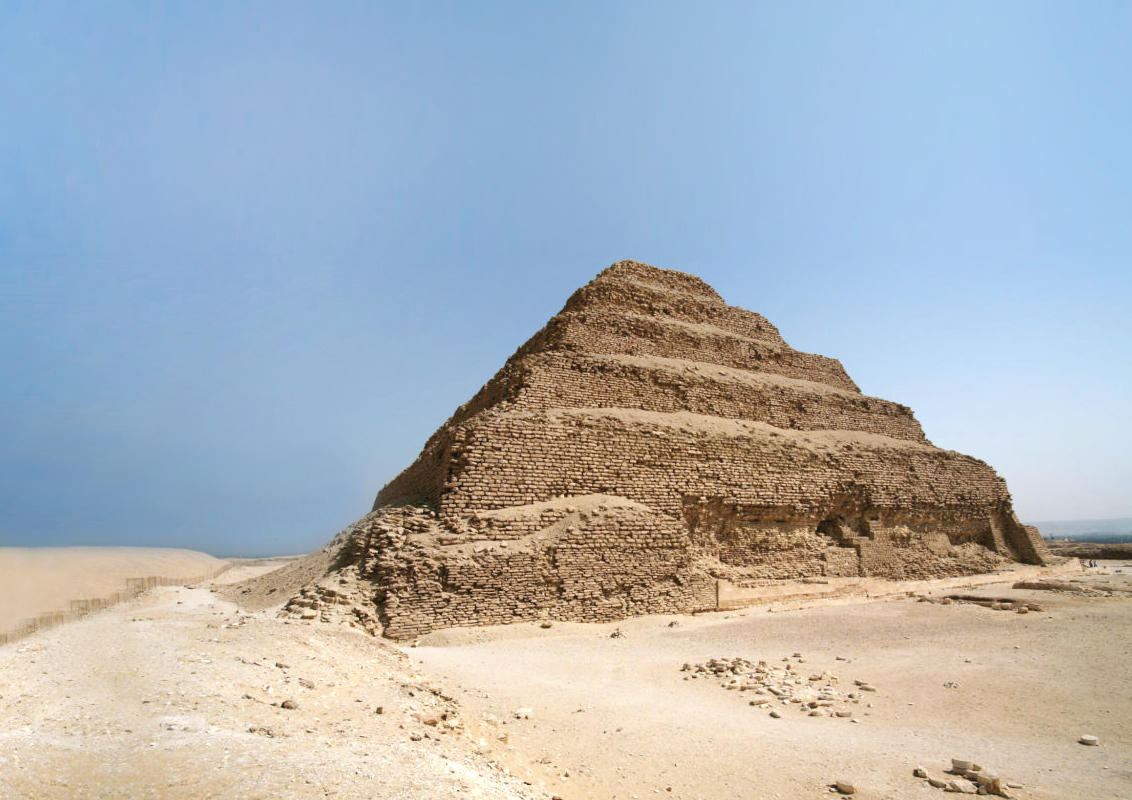
Unlike Giza, with its cacophonous crowds and a veritable circus of antiquities hangers-on, Saqqara has a relatively low profile, and most signs of nearby Memphis, once the capital of the ‘Old Kingdom’, have all but disappeared. Indeed, my taxi’s arrival at Saqqara’s ancient Red and Bent pyramids went virtually unnoticed: the taxi driver and I, together with two camel-mounted tourist police, rounded out the site’s population to a grand total of four. Consequently, descending into the funeral chambers at the core of Sneferu’s Red Pyramid was an eerie experience. The immense mass of basalt and granite directly overhead added an oppressive dimension to my slow passage downhill, a feeling that was hardly lightened by the absolute solitude of both chambers. Duck-walking back out of the pyramid — within the shallow confines of the inclined accessway — my thoughts endlessly returned to the imagination and force of will that underpinned these daunting structures. More prosaically, my burning thighs suggested a price of entry that was to become only too apparent over the coming days.
Covering the short distance to the nearby remains of ancient Memphis and Dashur, a collection of part walls, portals, columns and other remnants marked out the sadly dilapidated footprint of the once magnificent Great Temple of Ptah. Behind it, the more intact, but also distinctly eroded remains of the Stepped Pyramid of Djoser — the most ancient of 16 or more such structures in and around Memphis — provided a centrepiece for the small coterie of tourists and those trying to extract as much wealth as possible from them. A refrain that was to become familiar over the next three weeks was quietly whispered in my ear: “Psssst sir, for just five piastre I can do you a special favour and show you the sealed tomb of…”
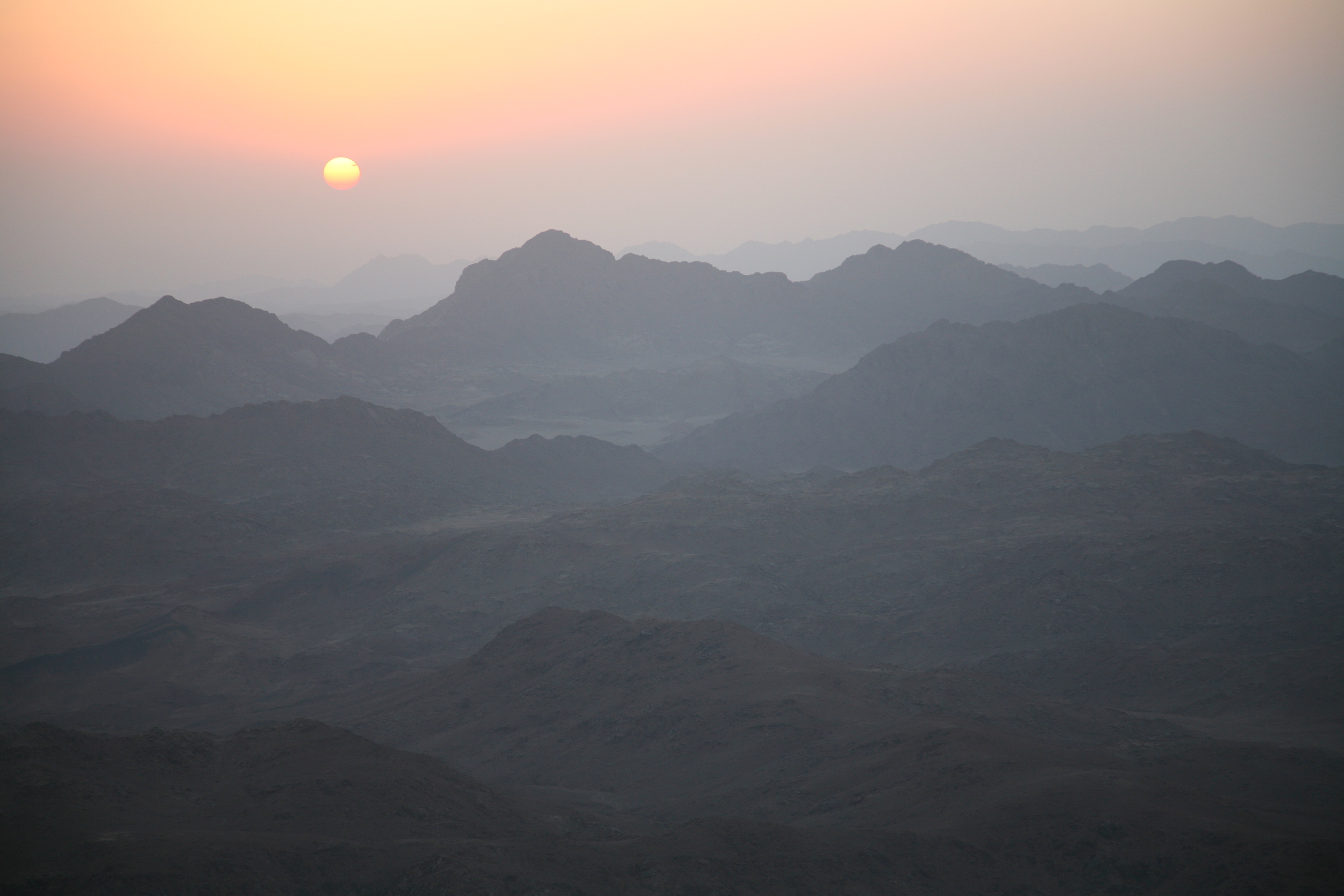
My three-week tour began the following day with the obligatory, if still memorable, trips to Giza, the Museum of Antiquities and various other sites in and around Cairo. We were a small tour group of 16, mostly Brits, but with the odd American and Australasian thrown in for good measure. On day seven we undertook a quicksilver tour of the Sinai Desert before settling into accommodation near the foot of Mount Sinai. A 2am wake-up call was followed by a short bus trip to the foot of the famous mountain, then the start of a three-hour walk to its summit. Not all chose that method of transport, however. We watched, somewhat bemused, as one of our little troupe was dragged helter-skelter uphill by the tail of a mule, while his wife lurched wildly atop an unsteady and decidedly uncomfortable-looking saddle made of wood. My thighs were again exacting revenge for years of neglect and the sight of a huddle of temporary stalls next to the summit, peddling an array of soft drinks and potato chips, somewhat lessened the sense of achievement at reaching our target. Nevertheless, as shades of grey, then yellow, tinged the eastern sky and the dark shadows started to retreat from surrounding hills, we found ourselves surrounded by waves of deep orange and red unfolding spectacularly across the hill landscape. Our subsequent walk down a rocky defile towards Saint Catherine’s Monastery — of ‘burning bush’ fame, close to where Moses is supposed to have received the Ten Commandments — revealed yet more of this dramatically austere landscape, while Saint Catherine’s itself, the world’s oldest Christian monastery, spoke of retreat, contemplation and almost absolute isolation.
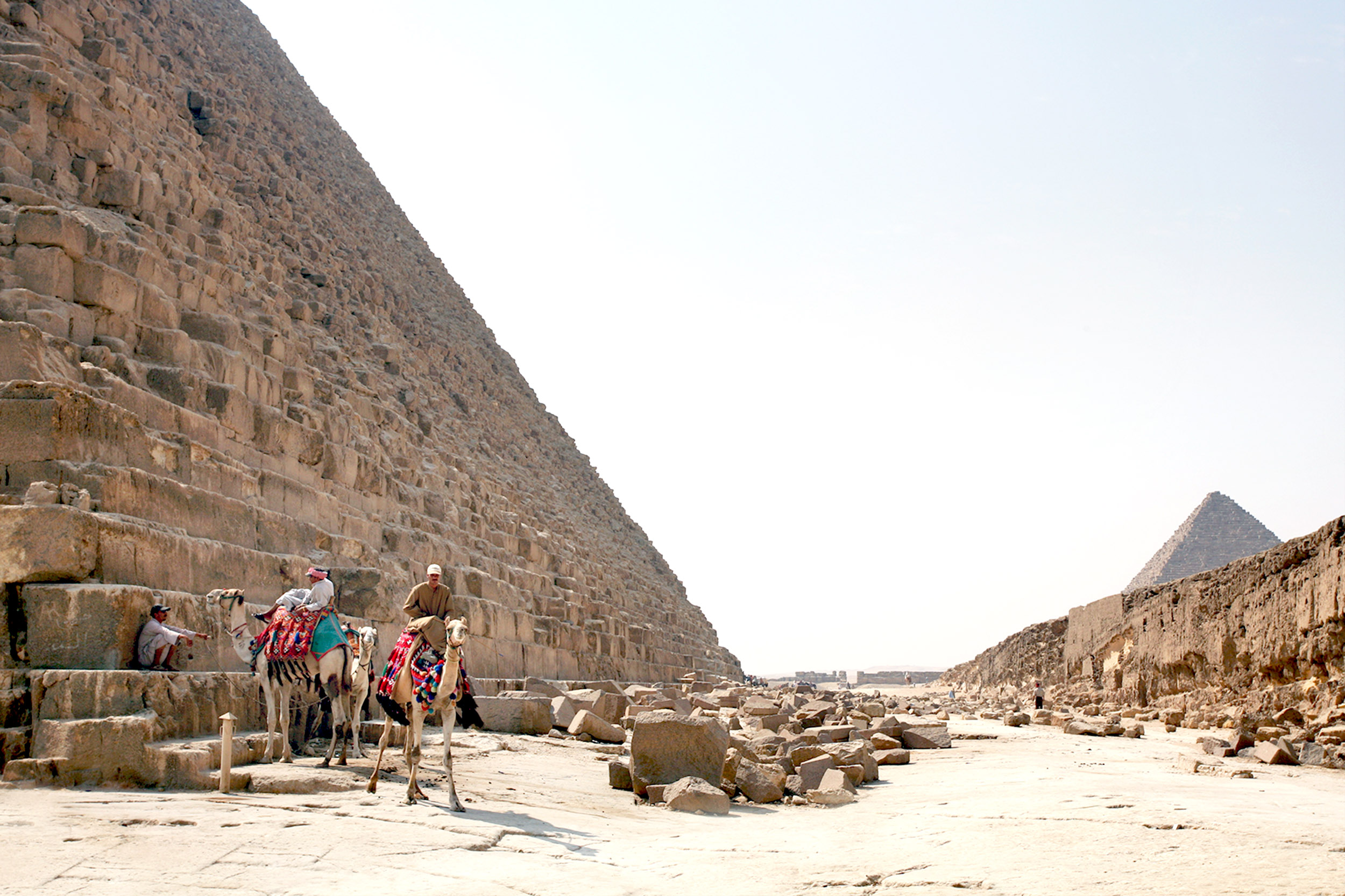
The rest of our tour saw us discovering the area of Egypt’s Western Desert: Luxor, Aswan and Farafra, which I found entirely captivating. However I knew things were drawing to a close when I was again met with the sight of the glistening limestone caps atop the Kufra and the other pyramids at Giza; we had come full circle. For most of our tour group, there was barely time to change, pack and head to the airport. However, I had one final pilgrimage to make. While my travelling companions woke to a short trip out to Cairo International, I embarked on a slightly longer taxi ride to what was once a completely inconsequential railway stop at a place called El Alamein. Three hundred kilometres later, and I had arrived at the museum that marks the site of the 1942 battle that was a turning point for British survival and pride in the Second World War.
The Battle of El Alamein was actually spread out over a frontline of some 64 kilometres and lasted 18 days. It comprised successive waves of attack, counter-attack and retreat that the museum model had long given up trying to portray via sequenced strings of lights. Instead, the sprawling desert itself and the remains of armour and artillery pieces from both sides of the conflict — including the deadly German 88 millimetre anti-tank gun and the heavily over-worked Sherman tank — provided an eloquent reminder of an engagement in which there were some 310,000 combatants and over 51,000 casualties. I returned to Cairo in a contemplative mood.
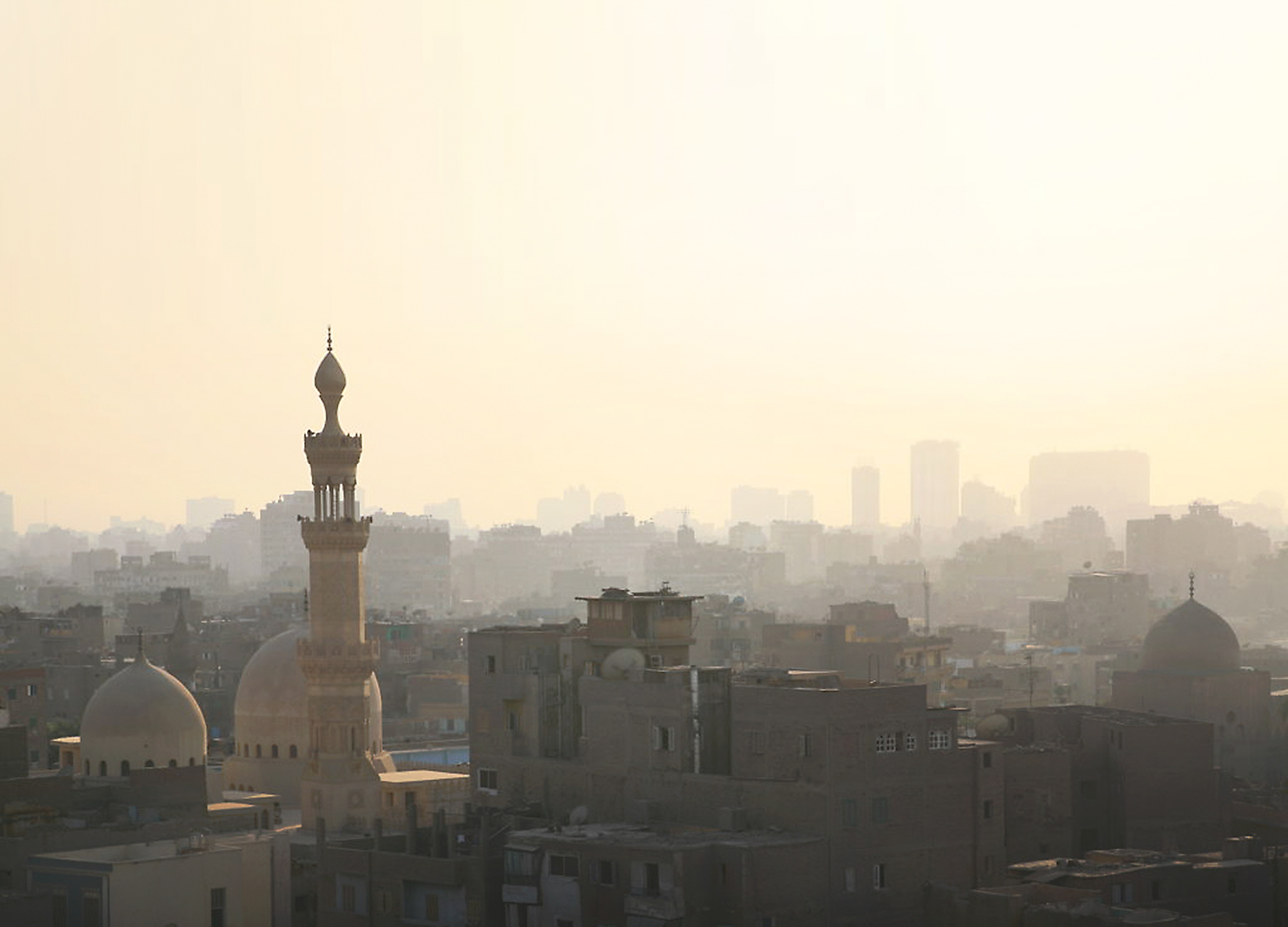
From the relative comfort of my three-star hotel room, I looked out at the vast expanse of Cairo and reflected on the character of this wild, historic and challenging city. Multi-storey western hotels clamoured to overlook the Nile, while much of the rest of the city remained woven from the more nuanced fabric of its mediaeval, Islamic and Coptic past. Even the Zabbaleen — the city’s garbage handlers, or rag-and-bone men — had found their industrial waste processing plant, and their homes, fit seamlessly into Cairo’s sprawling, and teeming, structure. I felt that this perhaps wouldn’t be the last time that I would return to this chaotic and vibrant city.
